7 Proven Ways to Optimize Azure Cloud Spend
Discover seven proven methods to optimize your Azure cloud spend, enhance resource efficiency, and maximize the value of your cloud investment.
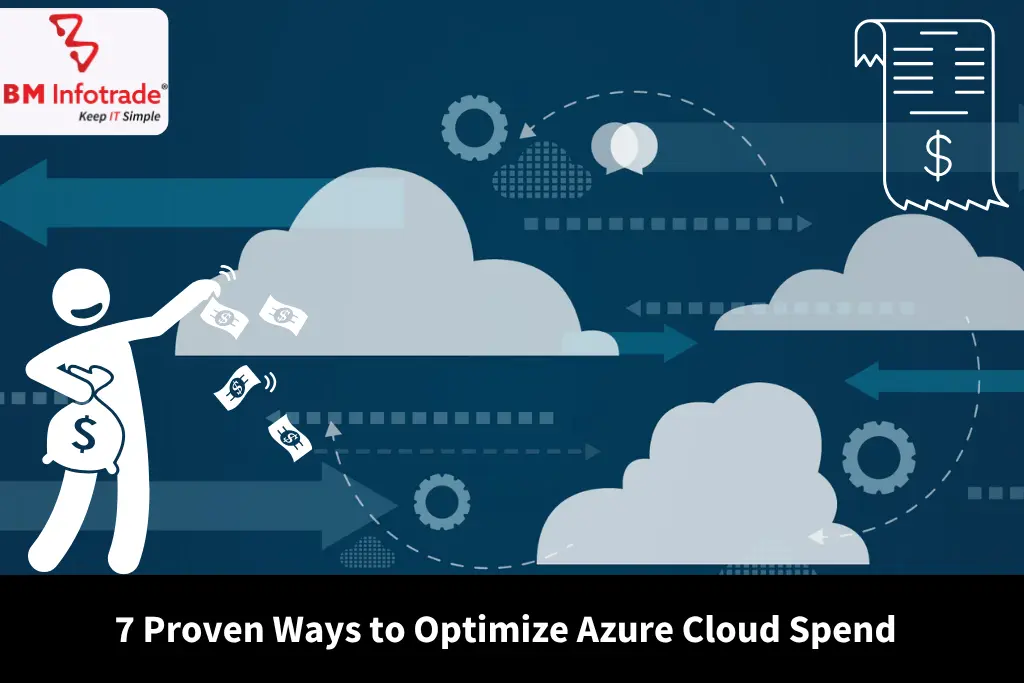
7 Proven Ways to Optimize Azure Cloud Spend
Table of Contents
- 1. Leverage Azure Cost Management Tools for Full Visibility
- 2. Right-Size Resources for Efficient Cloud Resource Optimization in Azure
- 3. Utilize Azure Pay-as-You-Go Savings with Reservations
- 4. Implement Auto-Scaling for Dynamic Cloud Resource Optimization in Azure
- 5. Use Tagging for Granular Azure Cloud Spend Management
- 6. Take Advantage of Azure Pricing Strategies like Spot VMs
- 7. Embrace Azure Best Practices 2025 with Hybrid Benefits
- Conclusion
- FAQs
With today’s swift digital progress, organizations depend on Microsoft Azure to support new ideas, flexibility, and great results. However, without proper management, Azure cloud spend management can spiral, leading to unexpected expenses. At BM Infotrade Pvt. Ltd., we specialize in helping organizations reduce Azure costs while maximizing the value of their cloud investments. Following this blog, you’ll understand seven ways to cut your Azure costs in 2025 to help your infrastructure achieve its financial and operational goals. These Azure best practices for 2025 will help you control costs without compromising performance.
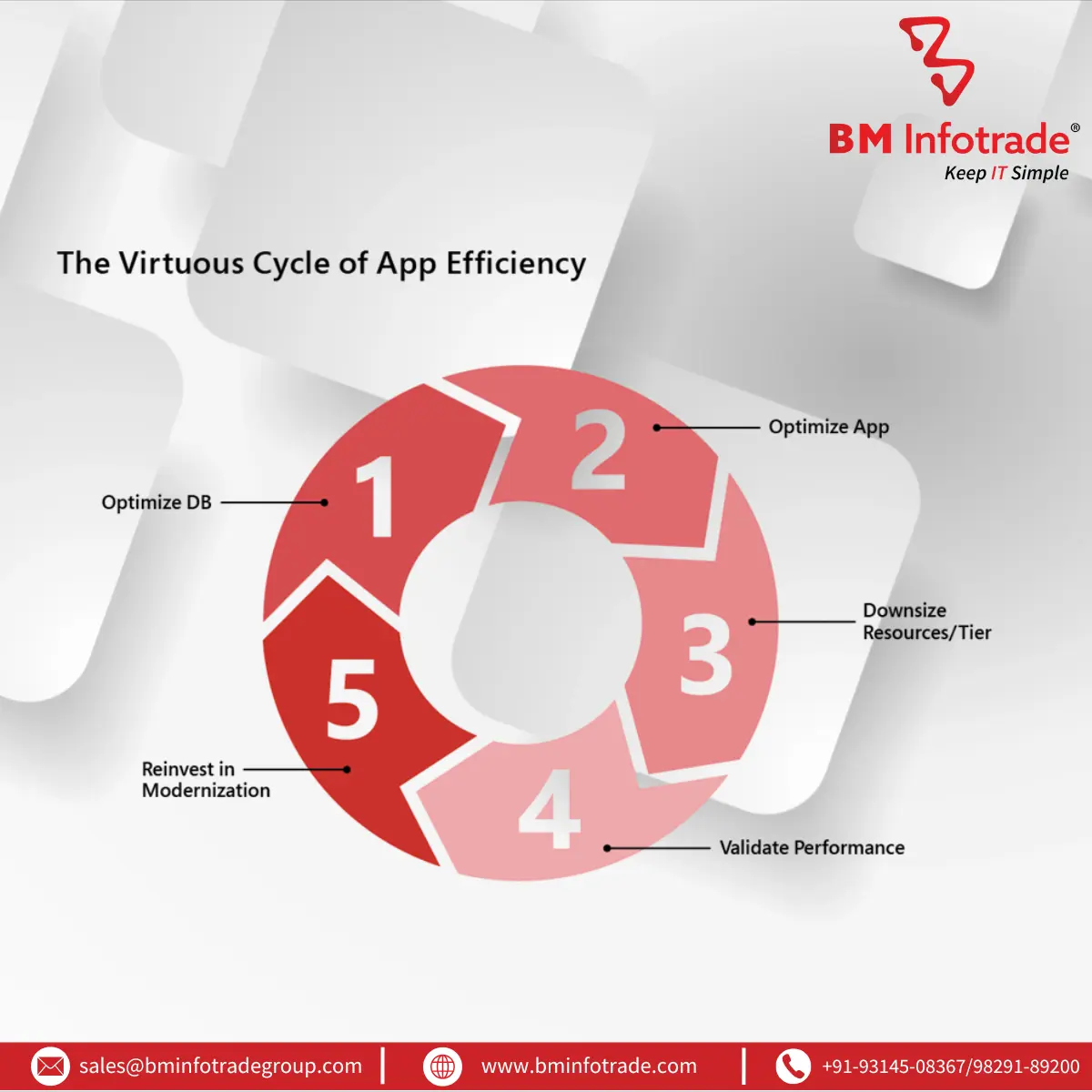
1. Leverage Azure Cost Management Tools for Full Visibility
The first thing to do is to see where your Azure spending is happening. Azure Cost Management and Billing is one of the strong Azure cost management tools included in Microsoft Azure. Thanks to these services, you By setting up custom dashboards and alerts, you can track your Azure cloud spend management in real time and prevent overspending. We instruct our customers to go over the reports often to confirm that the spending is on target with their business plans.
2. Right-Size Resources for Efficient Cloud Resource Optimization in Azure
Overprovisioning servers is one of the major reasons Azure cloud costs get higher than necessary. Cloud resource optimization in Azure aims to link your virtual machines, storage, and other services to what you are using. For example, Azure Advisor can review your activities and advise you to scale down machines that are used little and change the tiers of your least-used storage. For instance, moving infrequently accessed data to Azure Blob Storage’s Cool or Archive tiers can significantly reduce Azure costs. By right-sizing resources, you ensure you’re only paying for what you need, boosting efficiency and Azure cost optimization.
3. Utilize Azure Pay-as-You-Go Savings with Reservations
The flexibility of Azure’s pay-as-you-go plan works well, but it turns out to be costly for workloads that can be predicted. If you sign up for Azure Reserved Instances, you can agree on one- or three-year terms and save up to 72% in comparison to what you’d pay for pay-as-you-go usage. This option suits well where workloads stay steady, for instance, with databases or important applications. At BM Infotrade Pvt. Ltd., we help businesses analyze usage patterns to determine when reservations make sense, ensuring long-term Azure budget optimization. Applying Azure best practices 2025, along with Azure reservations, saves you a lot of money.
Read More:- Why Cloud Computing Consulting Services Will Be Crucial in 2025?
4. Implement Auto-Scaling for Dynamic Cloud Resource Optimization in Azure
Resource provision can become wasteful when workloads change and there is not enough room in the budget. Automatic changes to resources keep your bill low by giving you the resources you need in real time. This way is most successful for applications that handle changing levels of traffic, such as e-commerce platforms.By enabling auto-scaling, you can achieve cloud resource optimization in Azure while maintaining performance. shows clients how to create policies that scale automatically so that they can balance efficiency and costs, which also helps minimize Azure expenses.
5. Use Tagging for Granular Azure Cloud Spend Management
Effective resource tagging is critical for Azure cloud spend management. Tags allow us to divide resources into certain groups by department, project, or environment, making it easy to keep track of and assign costs. If you mark resources as “Production” or “Development,” you can determine which teams or projects cause the most expenses. This transparency fosters accountability and supports Azure budget optimization. We help our clients at BM InfoTrade Pvt. Ltd. make their tagging strategies strong to optimize using Azure cost management tools and to trace where every dollar is spent.
6. Take Advantage of Azure Pricing Strategies like Spot VMs
For non-critical, interruptible workloads, Azure Spot Virtual Machines offer significant Azure pay-as-you-go savings, with discounts of up to 90% compared to standard pricing. Using unused Azure resources, Spot VMs are ideal for doing batch jobs or setting up test environments. Still, it is important to plan well to avoid causing any problems. At BM InfoTrade Pvt. Ltd., we help our clients use Spot VMs in their Azure pricing to ensure they get value for money without compromising how the systems perform. Following this approach is a main part of Azure best practices for 2025.
7. Embrace Azure Best Practices 2025 with Hybrid Benefits
If your organization has existing on-premises licenses for Windows Server or SQL Server, Azure pricing strategies like Azure Hybrid Benefit can reduce Azure costs by up to 85%. This feature helps you to put your licenses on Azure, and you will not have to pay anything extra. It is very helpful for organizations that are moving to the cloud and still using their existing technology. BM Infotrade Pvt. Ltd. works with companies to make the most of Azure pay-as-you-go through Hybrid Benefits, so they benefit from a smooth integration with cost-effective Azure solutions.
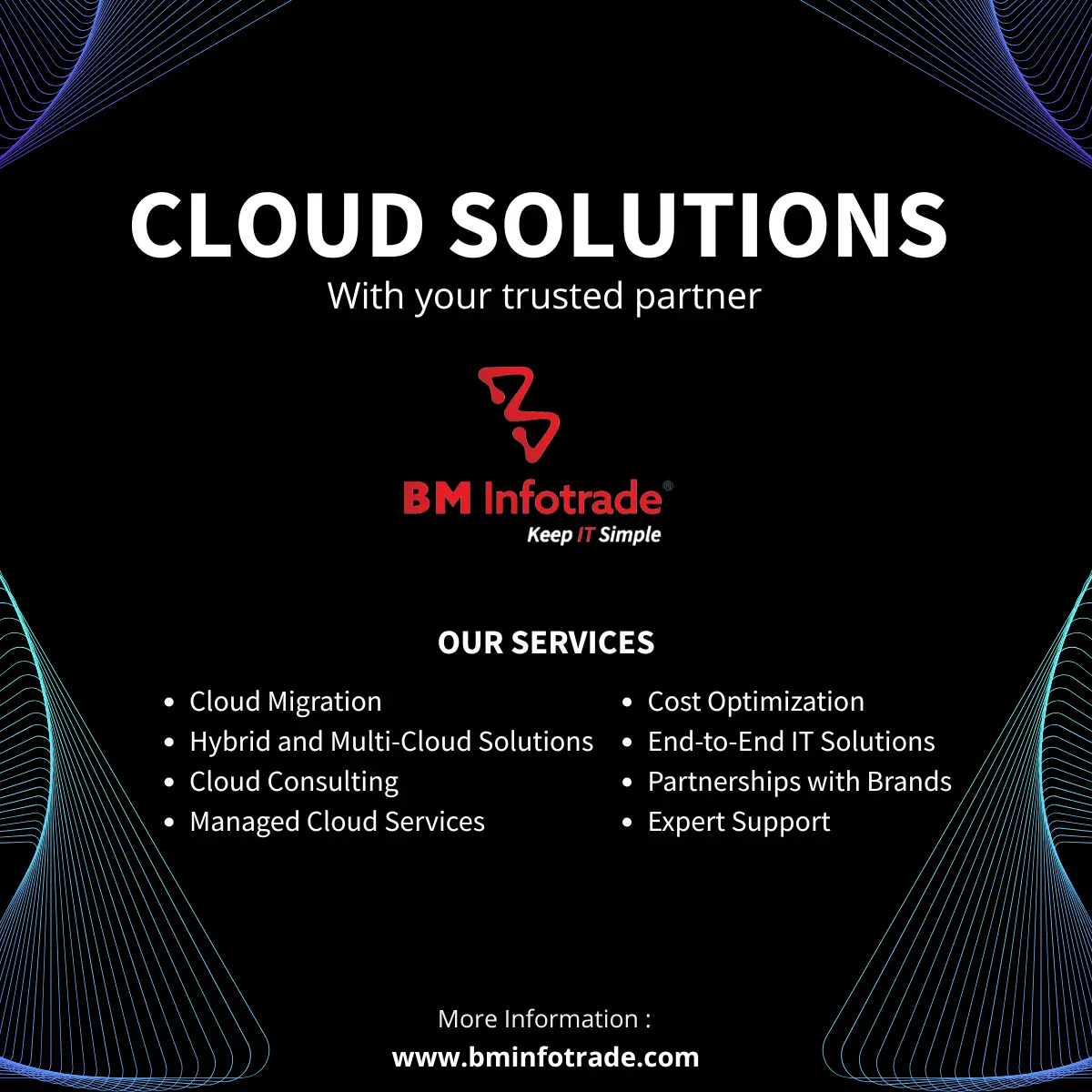
Conclusion
Using Azure cloud spend management, your goal should be to make your cloud services support your company’s goals, not only to reduce costs. If you make use of Azure cost management tools, resize your resources, take advantage of reservations, turn on auto-scaling, use tags, investigate Spot VMs, and support Hybrid Benefits, then your Azure budget will be significantly improved. At BM Infotrade Pvt. Ltd., we work together with businesses to improve their Microsoft Azure costs, always making sure their needs are met. Start implementing these Azure best practices 2025 today to take control of your cloud spending and drive long-term success. Go to bminfotrade.com to get a free consultation that helps you start optimizing your Azure expenses.
FAQs
1. What is Azure cost optimization?
Strategies and tools in Azure cost optimization are used to lower costs, but still use resources efficiently and match business goals.
2. How can Azure cost management tools help my business?
Azure tools such as Azure Cost Management and Billing show you how much you are spending, so you can find ways to save and improve your budget.
3. What are Azure pay-as-you-go savings?
With the help of Reserved Instances or Spot VMs, businesses can lessen the costs of services in Azure when compared to non-discounted regular pay-as-you-go plans.
4. Why is tagging important for Azure cloud spend management?
Using tags in the Azure cloud makes expense tracking easier and more organized since resources can be sorted and traced by departments or projects.
5. How do Azure pricing strategies like Hybrid Benefits work?
With Hybrid Benefits, Azure provides businesses a chance to reduce their Azure bill by relying on on-premises software licenses.





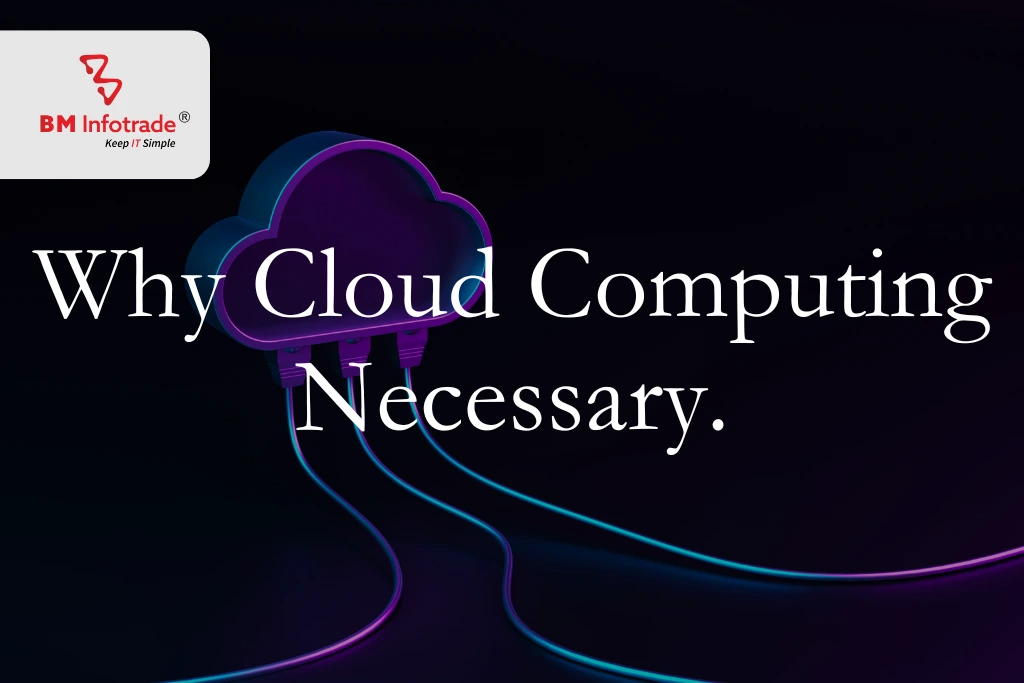
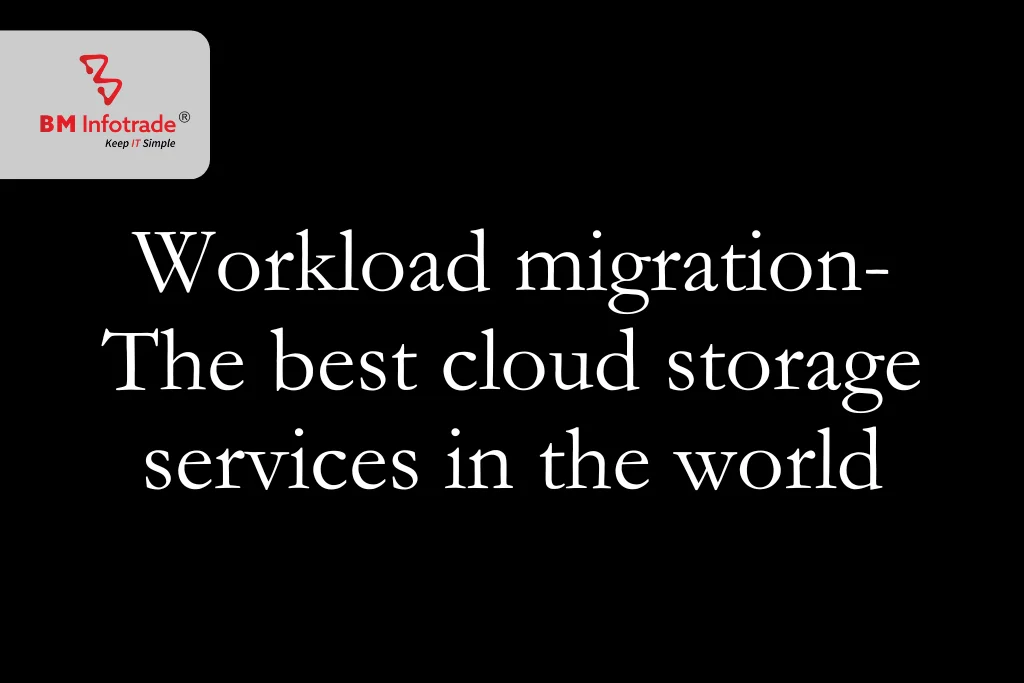
Anshul Goyal
Group BDM at B M Infotrade | 11+ years Experience | Business Consultancy | Providing solutions in Cyber Security, Data Analytics, Cloud Computing, Digitization, Data and AI | IT Sales Leader